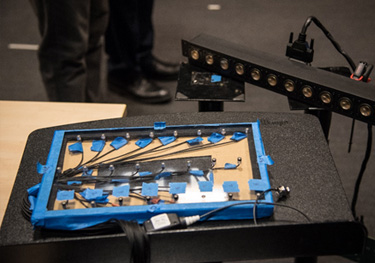
Advanced defined networking technologies have become familiar and mature elements of research in modern wireless networks. Despite the abundance of solutions proposed in the academic community which are based on Sophisticate theory of network optimization and cognition, the practices of wireless networking often diverge from utilizing these solutions and techniques. Today’s networking solutions for first responders, vehicular networking, locality-based gaming, are far behind the promise of mobility, simplicity, affordability and efficiency originally envisioned as the “ad hoc wireless networking paradigm shift.” And surprisingly, this is in face of two decades of important wireless networking research breakthroughs such as network coding, MIMO networking, and interference alignment.
Software defined networks are networks that can be controlled and structured by reprogramming. These networks can be separated between data routers and network management devices to improve performance. Software-defined networks application in the wireless world is a major challenge and will help an external controller that can manage and control the network to exploit the relationships between the observed protocols and network performance and improve local or end-to-end communications, Network programmatically defined external control of network data collection of network nodes available, the application of various automated learning techniques, including neural networks and deep learning techniques. The cognitive engine will be able to infer the future behavior of the network and make basic protocol to improve network performance decisions.
In this project, the team studied a mobile wireless network and predicted the movement of the nodes as variable network operators. The team also studied network behavior by simulation, and then designed techniques to address the lack of performance due to mobility. In the second phase, A software defined network test-bed was created. It consists of fully mobile nodes. This project will expand on prior work and address the problem of high wireless demands in high density areas in a comprehensive framework from foundational theory to simple deployable practices. Results obtained through this work will lead to better, more reliable network access in high-density areas and during high-demand periods, such as during special events or emergency situations.